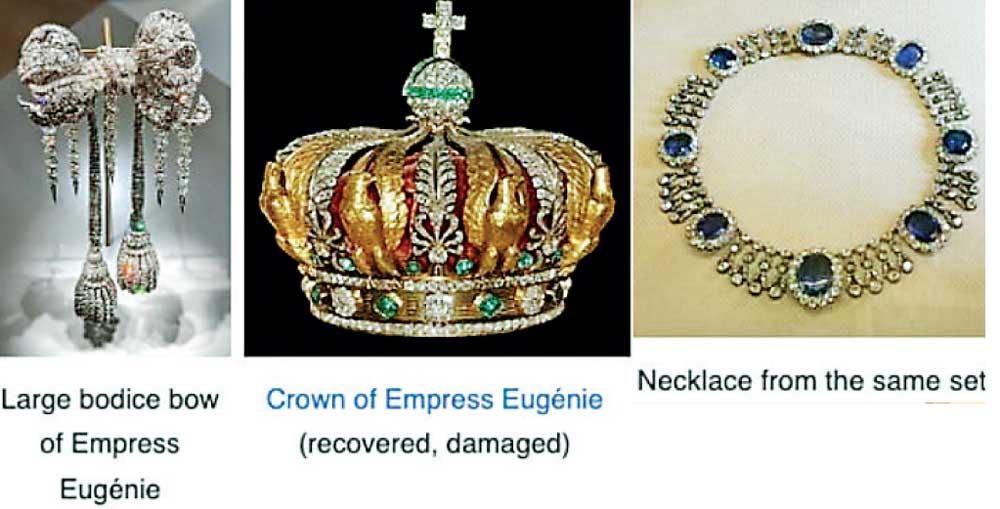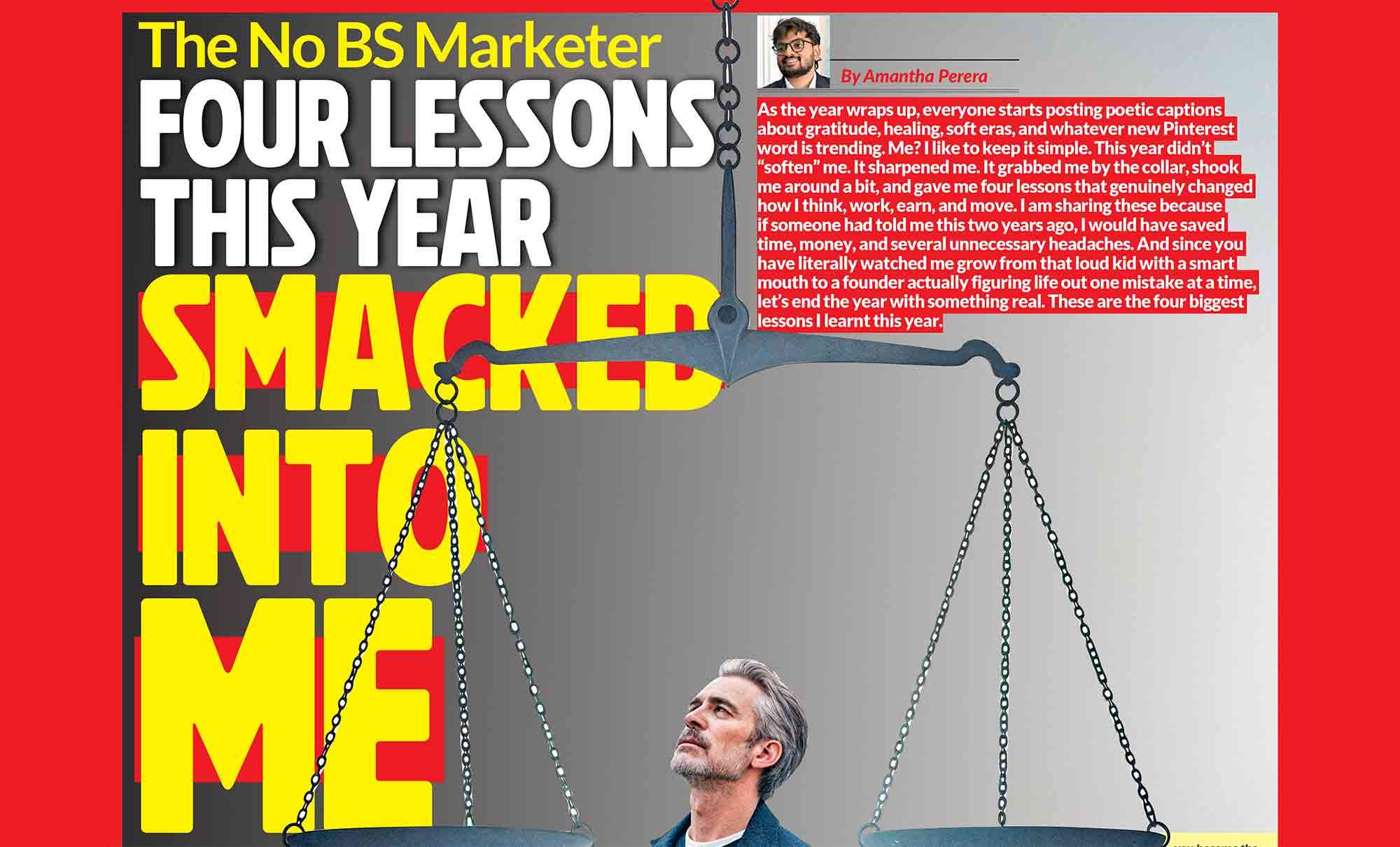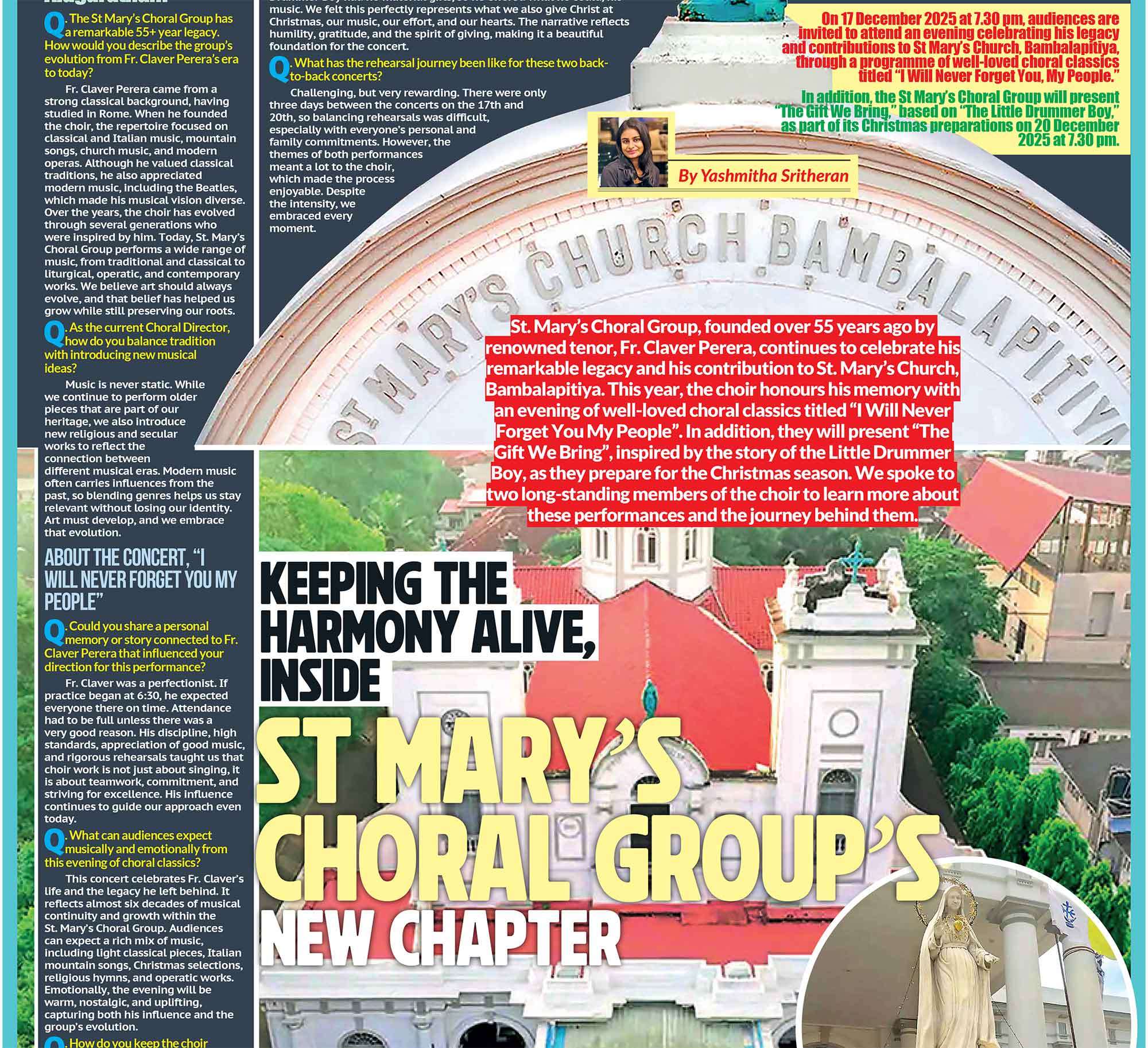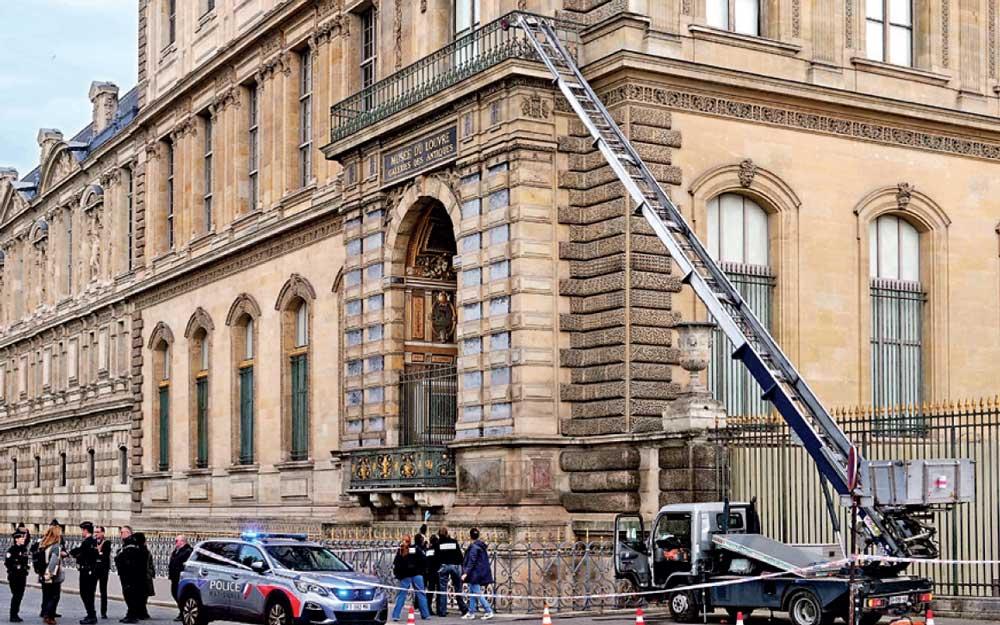

On October 19, 2025, the world’s most visited museum “The Louvre in Paris” became the scene of one of the most shocking robberies in modern history. In a bold daylight operation that lasted less than ten minutes, a group of masked thieves stole eight priceless jewels from the museum’s Galerie d’Apollon, home to France’s crown-jewel collection. The robbery not only deprived France of objects worth an estimated €88 million but also delivered a humiliating blow to one of its proudest cultural institutions.
The Heist Unfolds
It was around 9:30 a.m., just half an hour after the museum had opened its doors to the public. Four individuals, disguised as maintenance workers, arrived at the Louvre’s Seine-side entrance. Dressed in bright orange vests and operating a moving-truck hoist which is a common sight in Paris streets as they appeared completely ordinary to passers-by. Once positioned near a first-floor window, the thieves used the hoist to ascend. Armed with an angle grinder, they smashed the glass and slipped inside the gallery. Their target was the opulent Galerie d’Apollon, the same hall that houses the French crown jewels, including treasures once worn by Queen Marie-Amélie, Empress Marie-Louise, and Empress Eugénie. In a span of seven minutes, the gang smashed two display cases, removed eight historic pieces, and descended back down the hoist. As they sped off on two waiting motorbikes, one of them dropped a crown belonging to Empress Eugénie, later found damaged near the museum gates. By the time security alarms sounded, the robbers were gone.
What Was Stolen
The stolen items were not ordinary jewels; they were living artifacts of France’s imperial past. Among them were:
An emerald necklace and earrings once belonging to Empress Marie-Louise, Napoleon Bonaparte’s second wife.
A sapphire tiara and necklace from Queen Marie-Amélie and Queen Hortense.
A diamond-studded brooch and tiara from Empress Eugénie’s collection.
Though the material value of these objects is immense, their historical and cultural worth is immeasurable. As French prosecutors later stated, the heist inflicted “damage that cannot be quantified in euros.”
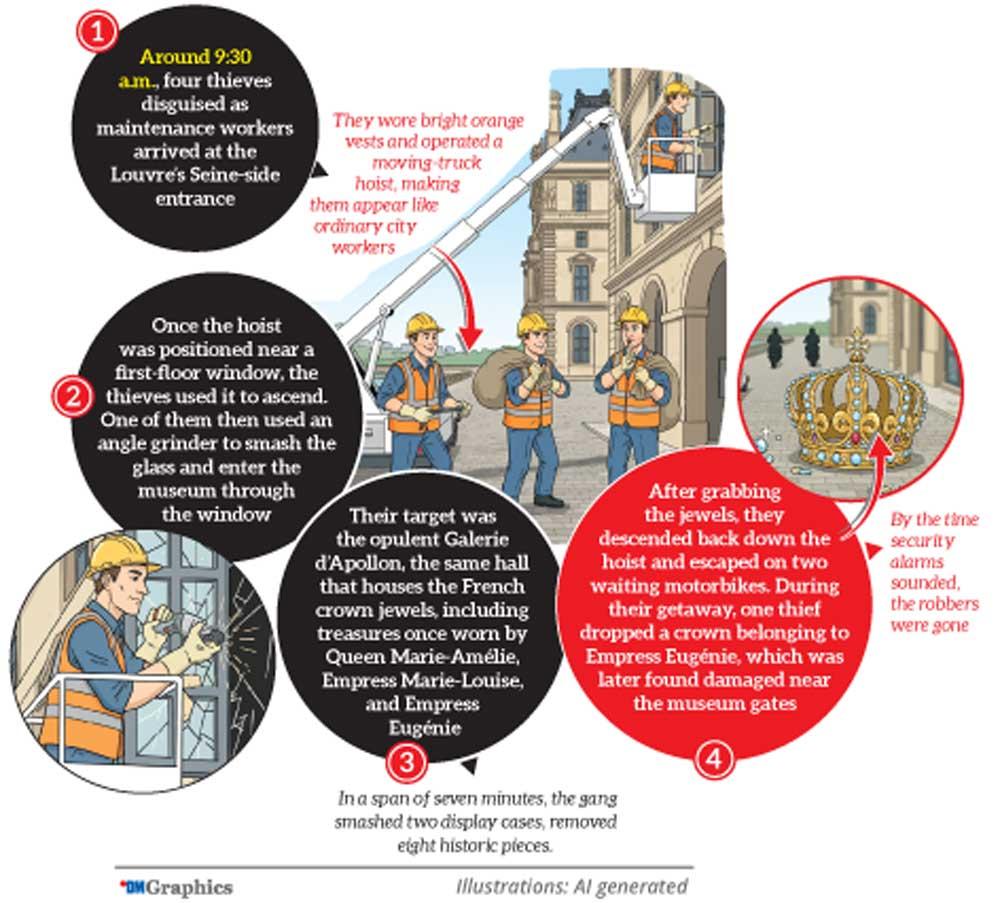
How Could This Happen at the Louvre?
The Louvre is one of the world’s most secure museums, with hundreds of surveillance cameras, guards, and advanced alarm systems. Yet this crime was executed with such efficiency that experts described it as “military-grade precision.”
Investigators believe the thieves exploited a window of vulnerability created by ongoing renovation works under the Louvre’s “New Renaissance” modernization plan. Security staff had been temporarily reduced, and scaffolding had been installed on several facades. Using a legitimate-looking moving truck allowed the gang to blend into the urban landscape. The simplicity of the disguise as construction workers performing maintenance was precisely what made the operation so effective.
The Aftermath and Immediate Response
As news spread, the Louvre was evacuated and closed for the remainder of the day, and then into the next. French police launched a major investigation involving over 60 officers, combing through CCTV footage and witness reports. President Emmanuel Macron condemned the robbery as “an attack on the heart of French heritage.” Culture Minister Rachida Dati described it as “a theft not only of jewels, but of memory and history.” Le Monde later reported that staff unions had long warned about “shrinking security teams and delayed equipment upgrades,” criticisms that now seemed tragically prescient.
Inside the Investigation
The Paris prosecutor’s office coordinated a multi-agency inquiry involving anti-organized-crime units, forensic specialists, and international partners. Several clues were recovered at the scene such as gloves, cut glass, and remnants of the tools used to break the display cases. Investigators also found that the gang had mapped the museum’s security patrol schedule in advance, possibly with inside information. Experts warned of a critical 48-hour window to recover the jewels before they could be disassembled, recut, or melted down. The gemstones themselves could easily be altered and sold on the black market, while the metal mounts might be melted for gold. Once separated from their historical settings, they would be virtually impossible to trace.
Why This Heist Stands Out
Unlike typical art thefts that target small private collections or obscure galleries, this robbery struck the world’s largest and most famous museum in broad daylight. It also revealed a troubling truth: even the most iconic institutions can be infiltrated by organized, highly trained criminals. A few features make this heist unique:
Daylight precision: Conducted during public hours, the operation lasted under ten minutes and caused no injuries.
Professional disguise: The use of ordinary city equipment a moving hoist was ingenious in its normality.
High-heritage target: The jewels are national treasures, not commodities. Their theft was as symbolic as it was financial.
For France, this was more than a robbery. It was a symbolic strike at the heart of its identity in the Louvre is not merely a museum, but a national emblem of art, monarchy, and revolution.
Security Lessons for the World
The Louvre heist has reignited global debate about museum security. Despite high-tech alarms and motion sensors, institutions often rely on human vigilance and that, experts say, is where systems break down. Many major museums have outsourced parts of their security to private contractors or reduced staff due to budget cuts. In such conditions, thieves can exploit overlooked weak spots like unguarded windows, renovation access points, or delayed alarm responses. In the wake of the heist, the French Culture Ministry announced a nationwide review of museum security, especially at sites displaying high-value objects. Other European institutions, such as the British Museum and the Prado, quietly followed suit, reinforcing their own protocols.
Echoes of the Past: The Mona Lisa and Beyond
This is not the first time the Louvre has been humbled by theft. In 1911, an Italian handyman named Vincenzo Peruggia famously stole the Mona Lisa by hiding overnight in a storage closet and walking out with the painting under his coat. It was recovered two years later in Florence. In 1998, a painting by Jean-Baptiste-Camille Corot disappeared from the museum and has never been found. The 2025 heist, however, eclipses both in daring and symbolism. Stealing jewels that once adorned France’s emperors and queens from the most guarded museum in the world marks a new level of audacity one that has shaken public faith in cultural institutions worldwide.
Challenges of Recovery
Recovering the jewels will be a monumental task. Such high-profile pieces cannot be openly sold. Instead, they are likely to be smuggled abroad, disassembled, or altered. Interpol has already been alerted, and European police are monitoring gem dealers, private collectors, and black-market intermediaries. Yet the thieves’ precision suggests that the operation was planned with international coordination and insider knowledge of art trafficking networks. Experts note that the psychological effect of the heist may be longer lasting than the theft itself. Even if the jewels are recovered, the damage to public trust in France’s ability to protect its heritage will take years to mend.
Cultural and Political Repercussions
In France, the incident sparked heated political debate. Opposition leaders accused the government of neglecting museum funding and prioritizing tourism profits over heritage protection. The Louvre’s management faced questions about why priceless artifacts were displayed in cases vulnerable to power tools. Cultural commentators compared the theft to an “assault on French identity.” Newspapers ran headlines like “They Stole Our History” and “The Day the Louvre Was Robbed of Its Soul.” Even as police continue to pursue leads, the country is already reflecting on broader questions: Should such fragile treasures be displayed to the public at all? Should replicas be exhibited instead, while the originals are secured in vaults?
Lessons from a Perfect Crime
The 2025 Louvre Heist exposes the paradox of modern museum culture the tension between accessibility and security. The public demands open access to heritage, but openness inevitably creates vulnerability. It also underlines the evolution of organized art crime. Gone are the days of lone thieves stealing for passion or prestige. Today’s heists are multinational operations run like businesses complete with logistics teams, informants, and laundering channels. If there is a silver lining, it lies in the renewed urgency to protect cultural heritage. France, and indeed the world, is now re-examining how to guard not just against theft, but against the slow erosion of security standards in the name of cost efficiency.
The Louvre Heist of 2025 will likely go down as one of the most audacious cultural crimes of the century. In less than ten minutes, a handful of masked thieves humiliated one of the world’s greatest museums, escaping with jewels that once belonged to emperors and empresses. The theft has left France not only searching for its missing treasures but also questioning its ability to protect them. Whether the jewels are ever found remains uncertain. What is clear is that this heist has forever changed how the world thinks about museum security.


